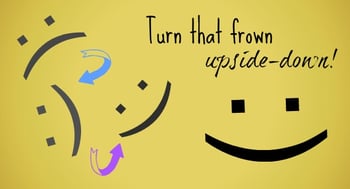 We’re not going to lie. The implementation of standard work can go very wrong. If not executed properly, it can be seen by employees as infantilizing, demotivating, unnecessary and authoritarian. Probably exactly the opposite of the message you really want to send. This bad outcome can be avoided, however, with a thoughtful approach and open communication.
We’re not going to lie. The implementation of standard work can go very wrong. If not executed properly, it can be seen by employees as infantilizing, demotivating, unnecessary and authoritarian. Probably exactly the opposite of the message you really want to send. This bad outcome can be avoided, however, with a thoughtful approach and open communication.
Is it even worth it?
If the introduction of standard work can go so far awry, is it even worth doing?
In a word, yes. Documenting the best, most efficient sequences and methods for each process and each worker forms the baseline for continuous improvement.
When standard work is implemented and adhered to, companies achieve higher quality, reduced waste, simplified employee on-boarding, clear visibility into process breakdowns and predictable cycle times.
That’s a lot of upside, so don’t let the fear of employee backlash keep you from gaining those benefits. Instead, focus on making sure that the initiative is rolled out with care.
Involve the people who do the work in setting the standard
Accurate and complete documentation will require the input of everyone involved. Standard work does not come down from the mountain. It is built, reviewed, and owned by the people who will use it.
Make it clear that the purpose is innovation, not stagnation
If your employees believe that the standard is set in stone, you risk resentment and disengagement. Everyone must understand that the whole point of the standard is to start the process of improvement. Once everyone is complying with the standard, those same people will be encouraged and expected to suggest improvements.
Make sure the standard is accessible and useful
The documentation should be available to everyone in the place where they perform the work. It should include helpful bullet points, diagrams, images and even video if those assets help to communicate the process. The implementation of standardized work isn’t done to employees, it is done for employees, so be sure that the resulting documentation is truly of value.
Invite feedback and open communication
Anytime you introduce a new way of doing things, open and honest communication is essential. Ask employees what they see as the benefits and drawbacks of standard work. Getting their concerns out in the open will help you mitigate them and will help the team feel heard, involved and engaged.
Standardized work is a cornerstone of the continuous improvement model. When introduced the right way, it is quickly embraced by employees who understand how it fits into making their performance and that of the organization better. Check in frequently to make sure that message is getting through.



Add a Comment